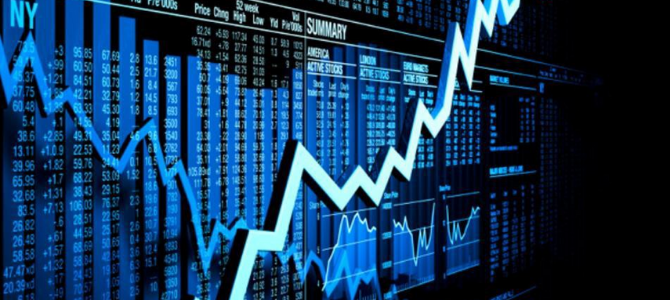The COVID-19 pandemic has caused a major economic crisis.
Like most countries, Australia opted for an unprecedented public health intervention to protect people from the pathogen. So far, it is working. Compared with other parts of the world, the rate of transmission and number of deaths remains low. The curve is indeed flattening.
The economy is another matter. Westpac recently forecast three consecutive quarters of negative growth this year, including 3.5% over the current quarter, leading to an unemployment rate of 11% by June.
On a brighter note, many are predicting a recovery that is equally robust. Economists are talking of a ‘v’ shaped recession, or at worst, something ‘u’ shaped. As always, there are the doomsayers – one suggested the graph could look more like a bathtub.
For the moment, there are reasons to side with the optimists. The world economy entered the crisis in good shape. The Australian economy, despite sluggish GDP and wages growth, was well placed to fight a downturn, given a relatively low debt to GDP ratio. The financial sector is healthy, with our banks having recently undergone a program of prudential consolidation. A good move by the regulator – APRA – in hindsight.
Despite its much-heralded fiscal conservatism, the Australian government has responded with impressive largesse. As a result, most companies will survive. The majority of individuals will also emerge relatively unscathed, at least financially. This should see demand return, as the artificial constraint of social distancing is gradually removed.
In short, there is no reason why the economy will not bounce back. Early reports out of China, where restrictions have largely been lifted, suggest a strong recovery so far.
At the same time, there’s continuing uncertainty over how quickly restrictions can be rolled back, to what extent, and whether they will return. A recent report in the journal Science argued that social distancing measures will be intermittently required until 2022. It remains to be seen how the economy will cope with the fluctuations in economic activity this will entail.
Yet, all things considered, it is looking increasingly likely that policy makers can contain the virus while avoiding economic collapse.
For business owners, that’s great news.
It also suggests that it is time to start thinking about how the post-pandemic economy will look. Three trends look likely to dominate.
From off-shoring to on-shoring
The last three decades are recognised as the third major era of globalisation. The coming decade may come to be known as an era of de-globalisation.
This trend has been emerging for some time. American President Donald Trump came to power on a promise to put America First. Under his watch, the US has pursued a prolonged trade war with China, taken steps to decouple its technology industry and encouraged manufacturers to bring their plants back onshore.
At the same time, global companies have increasingly questioned the logic of having their supply chains so heavily exposed to China. This is partly due to the emerging geo-political rivalry between the two superpowers. However, it has also down to the fact that Chinese manufacturing wages are now on par with Southern Europe.
As countries bicker over medical supplies, with some refusing to export what they make, governments around the world are beginning to ask the same question. Many have openly canvassed re-introducing some form of essential industries policy.
All this suggests that developed economies can expect a revitalisation of long neglected manufacturing industries, as companies increasingly look local rather than global.
The digitalisation of the economy
As The Economist recently noted, ‘the planet is having a crash course in e-commerce, digital payments and remote working’.
Even as bricks and mortar businesses open again, people will continue to do more online than ever before.
Companies that enjoy the strongest growth post-pandemic will be those with an online presence.
Expect big government to get even bigger
Crises inevitably shape the world that comes after. Especially the economic order.
Australia is a case in point. At Federation, our newly established national government was a shadow of what it has become. It was the need to fight military campaigns during the First and Second World Wars that saw it take over many of the powers of the states, only to keep them.
As this suggests, while governments generally acquire greater powers during a crisis, they rarely surrender them once its over.
This time will be no different. It looks likely that the size of government will increase substantially.
In practical terms, we are likely to see higher rates of taxation, at least for some time. This will fund increased spending on health and welfare, as well as paying down the debt accrued during the current crisis.


